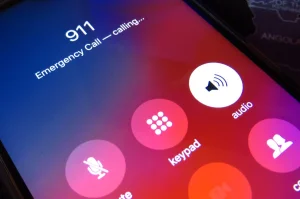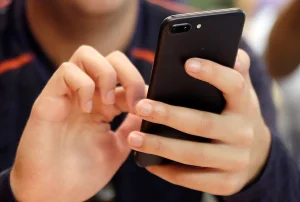Did you receive an email asking you to change your password and it wasn’t you? This is what you should do
If you receive an unsolicited email asking you to change the password of one of your online accounts, you should follow these security steps.

Has it ever happened to you that out of the blue you receive an email asking you to reset your password for a platform you're not even using at the time? Although it may seem like a minor thing, these types of emails can be a warning sign.
This can happen for several reasons. Someone could be trying to access your account using credentials leaked online. Since they can't log in directly, they force a password reset to see if they can get in.
It could also be a phishing attempt, where they send you a fake email to get you to click and reveal personal information or download something malicious. Another possibility is an automated attack where bots try known passwords against your account (known as "credential stuffing"). If one matches, they force a password reset to change it in their favor.
Also, if you have two-step verification enabled, the system might send you alerts if someone already knows your password and is trying to bypass the second filter. In some cases, you could even be facing a SIM card theft attempt (SIM swap), especially if the message arrives by SMS and not by email.
Of course, here is the section rewritten with bullet points to make it clearer and more direct:
Steps to follow if you receive an email to reset your password (and you didn't ask for it)
How to reduce these alerts and strengthen your security in the long term
1. Clean the devices connected to your account: Go to settings and remove any devices you don't recognize. This prevents unwanted access.
2. Avoid login errors: Sometimes, typing your password incorrectly too many times or having it incorrectly saved in the browser can generate these types of emails automatically.
3. Create spam filters for these emails: If you're receiving a lot of unrequested reset messages, you can redirect them to spam, but make sure they're not legitimate before doing so.
4. Avoid using unsecured public networks: If you're connecting to a Wi-Fi network at a cafe or airport, it's best to use a VPN. This way, you can prevent others from spying on your connection.
5. Always update your software: An outdated operating system, browser, or app can open the door to hackers. Keep everything up to date.
6. Consider using services that delete your information from the internet: Some companies track sites where your data appears and request that it be deleted, reducing your exposure to risk.
If you receive an email asking you to reset your password and you didn't request it, don't ignore it, but don't panic either. Don't click it; check your account, change your password, activate two-factor authentication, and strengthen your digital security. Today, more than ever, protecting your accounts depends on what you do in the first few minutes.
This news has been tken from authentic news syndicates and agencies and only the wordings has been changed keeping the menaing intact. We have not done personal research yet and do not guarantee the complete genuinity and request you to verify from other sources too.










